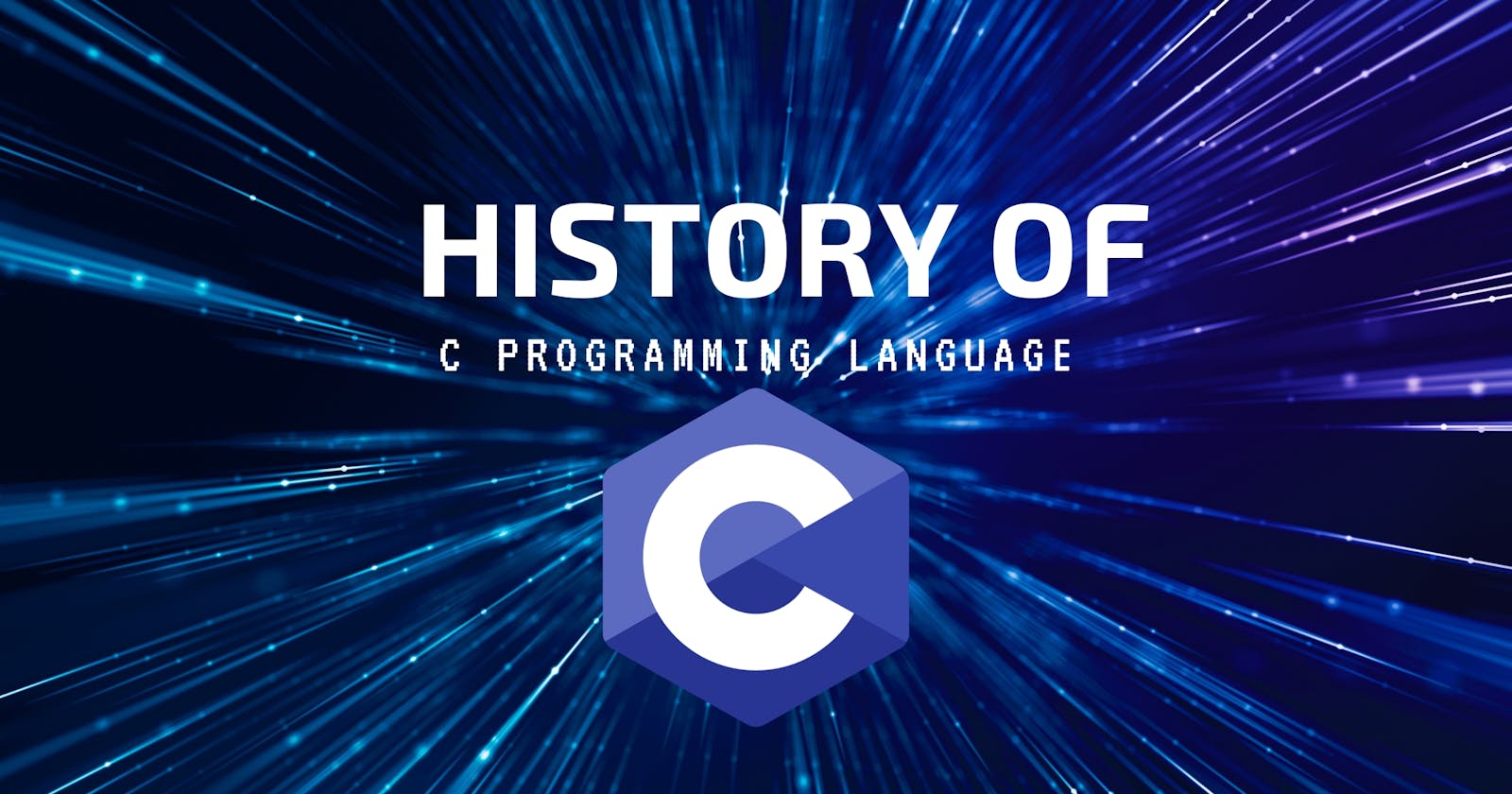Introduction to C Programming
1.1 What is C?
C is a high-level, general-purpose programming language originally developed by Dennis Ritchie at Bell Labs in the early 1970s. Over the decades, it has remained one of the most influential and widely used programming languages. C is known for its efficiency, portability, and close-to-the-hardware capabilities, making it an excellent choice for systems programming, application development, and more.
1.2 History of C
Before delving into the nitty-gritty of C programming, it's essential to understand its historical context. C was created to overcome the limitations of assembly language programming, offering a higher level of abstraction without sacrificing the ability to control hardware directly. Here's a brief timeline of its development:
1960s: High-level programming languages like Fortran and Algol had already begun to emerge, but they were often platform-dependent and lacked a standard specification. Assembly language was prevalent for system programming.
Early 1970s: Dennis Ritchie and Ken Thompson at Bell Labs created the B programming language, which was an evolution of BCPL. B was the precursor to C and introduced many of the concepts that C later adopted.
1972: C was formally born. Ritchie and Thompson enhanced B to create a more efficient and flexible language. The first C compiler was written on a PDP-11 computer.
1978: Brian Kernighan and Dennis Ritchie published "The C Programming Language," often referred to as K&R C, a book that served as the de facto standard for learning C.
1989: The American National Standards Institute (ANSI) published the ANSI C standard, which provided a well-defined specification for the C language. This standard, known as ANSI C or C89, brought consistency to the language.
1999: The C99 standard introduced several new features, including inline functions, variable-length arrays, and improved support for complex numbers.
2011: The C11 standard further expanded the language, introducing additional features, such as multi-threading support and better alignment control.
Today, C continues to evolve with new standards and is widely used in various applications, including operating systems, embedded systems, scientific research, and game development.
1.3 Setting up a C Development Environment
Before you start writing C programs, you need the necessary tools and an environment to work in. Here are the fundamental components of a C development environment:
1.3.1 Text Editor or Integrated Development Environment (IDE)
You'll need a text editor or an integrated development environment to write your C code. Common choices include Visual Studio Code, Sublime Text, Notepad++, and more. These tools provide features like syntax highlighting and code completion, making your coding experience more efficient and enjoyable.
1.3.2 C Compiler
A C compiler translates your human-readable C code into machine-executable code. GCC (GNU Compiler Collection) is a popular open-source C compiler that works on multiple platforms. For Windows, you can use GCC through the MinGW distribution.
1.3.3 Terminal or Command Prompt
You'll use the terminal (or Command Prompt in Windows) to navigate your project directory and compile and run C programs. A basic understanding of command-line usage is beneficial.
1.3.4 Debugging Tools
For efficient debugging, you might want to install a debugger like GDB (GNU Debugger) and learn how to use it to identify and fix issues in your code.

